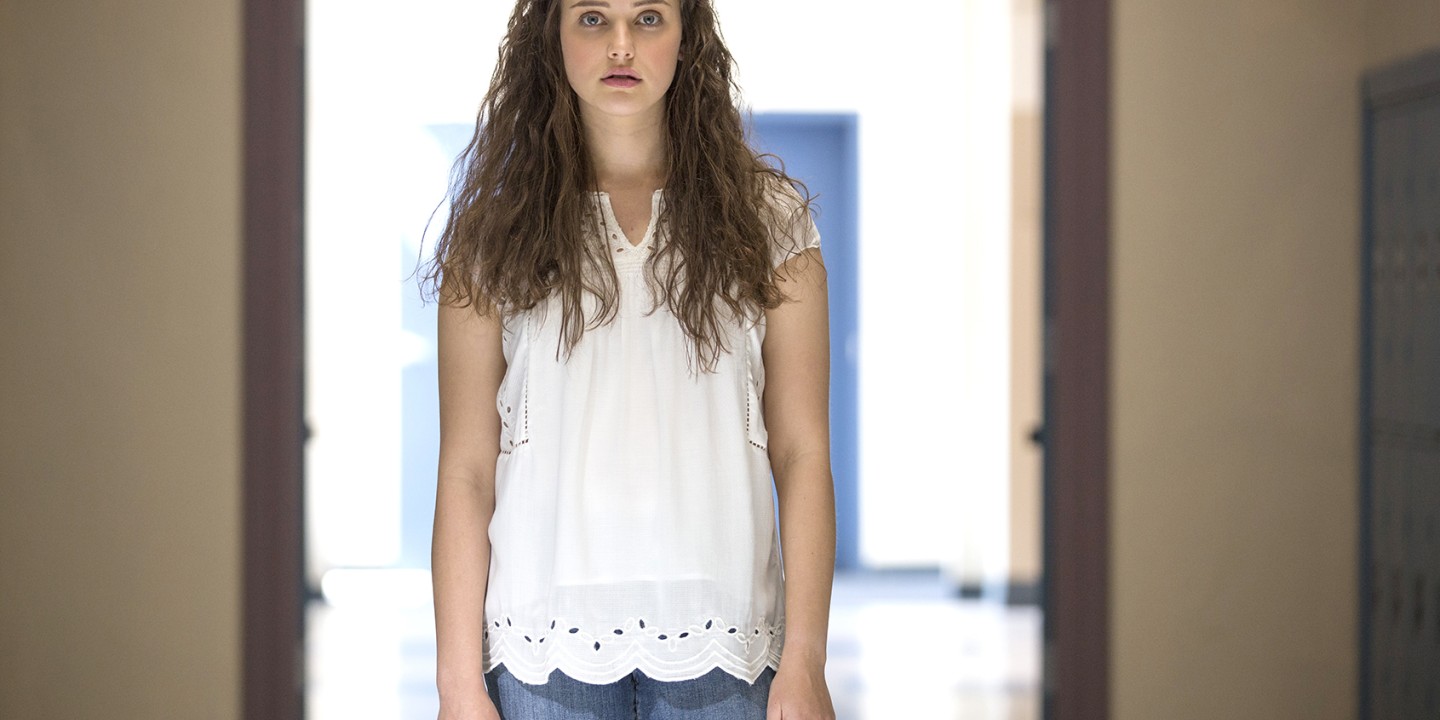Pastors need to see 13 Reasons Why
The Netflix series is troubling and difficult to watch. Watch it anyway.

There are certain books and movies that become such cultural phenomena that as a pastor I feel the need to read or watch right away, so that I can be part of the conversation. A few years ago it was The Shack; before that, Mel Gibson's The Passion of Christ. Every Sunday, parishioners asked me my opinion. So this past Saturday I finished watching 13 Reasons Why.
The Netflix series, based on the Jay Asher book of the same title, has young adults as its main characters and its target audience. The series is about a high school student named Hannah Baker who decides to end her life after being bullied and sexually assaulted by classmates. She leaves behind 13 cassette tapes, each telling the story of a friend or acquaintance she says could have done more to help her.
School psychologists and other mental health professionals have criticized 13 Reasons as a sensationalized treatment of teen suicide. School districts have warned parents about the book; school libraries have considered removing it from their shelves. Few of them would have recommended that it be adapted for television. It’s one thing to read about a suicide, even in graphic detail; it is a viscerally different experience to see it, and to have the ability to replay it. These experts worry, rightly, about the potential for copycat behavior.
Does 13 Reasons Why glamorize and romanticize suicide? Does it raise one emotionally fraught issue after another without suggesting solutions?
The show's producers say they intended to create an intense viewing experience, one that would prompt conversation. Young people are binge-watching it in droves. In the less than two months since its release, it has become the most-tweeted show of 2017 and Netflix’s most popular show on social media.
Like others, I would not recommend the show to students (especially younger high school students), to those who might be triggered by any of the aforementioned topics, or to those watching without parental support. But parents, teachers, counselors, youth workers: 13 Reasons Why is a conversation waiting to happen, the strangest of gift horses plopped right in front of us. A lot of students watched all 13 episodes before their parents had even heard of it. While the topics are still fresh in their minds, parents can catch up and take advantage of the opportunity to engage in dialogue about high school culture and the way individual students respond to it.
Though the acting is strong, the show is not easy to watch. Watch it anyway. It is an opportunity for adults to understand what high school students are experiencing. Pay attention to the depictions of social pressure, substance abuse, cyber-bullying, and shaming. Be ready to discuss rape, depression, and suicide. It doesn’t matter how different your local high school may be from the fictional Liberty High; the conversations are what matter.
The male protagonist is a student named Clay Jensen. Wise beyond his years, Clay often seems to be one of the more mature characters, almost a voice of moral authority. At one point, Clay confronts the high school guidance counselor, claiming that he was ineffective in preventing Hannah’s suicide.“It has to get better," Clay says to him. "The way we treat each other and look out for each other. It has to get better somehow.”
As a church leader, I couldn’t help but wonder how the main characters might have been different if any of them had been active in a vital church youth group. Would they have had second thoughts about participating in such vicious, destructive behavior? Might Hannah have had someone else to turn to, other than the school guidance counselor?
I didn’t like the atmosphere at Liberty High, and I found the show excruciatingly painful to watch at times, but I’m glad I made it through 13 Reasons Why. I need to know what school is like for the students in our church. I need to know about cyber -bullying, about shaming and name-calling. We can’t confront problems if we’re not aware of them. With eyes wide open, we can engage in honest exchanges about how to transform the culture and treat one another better.




